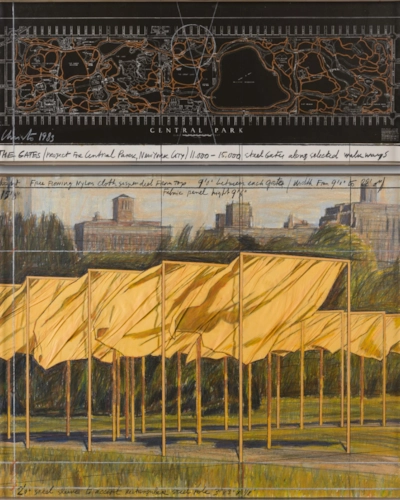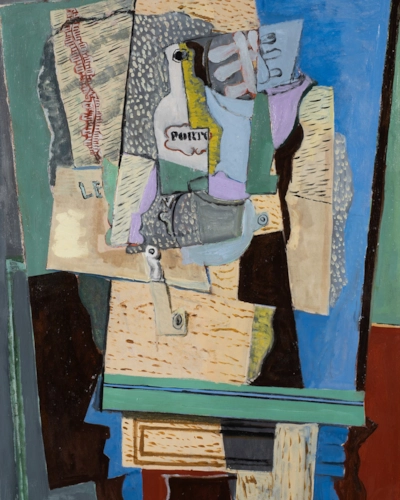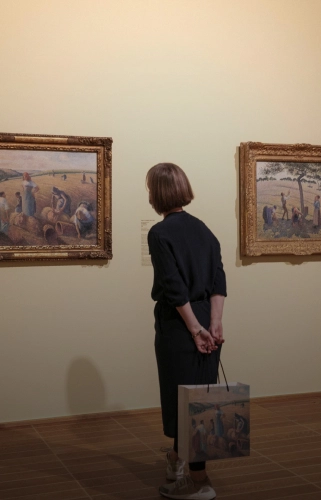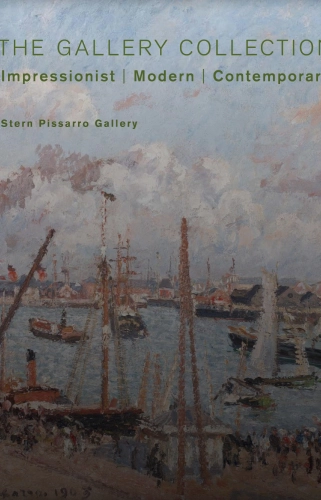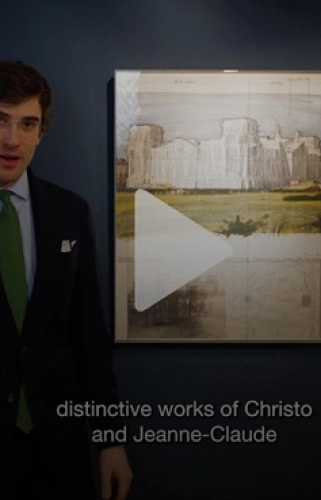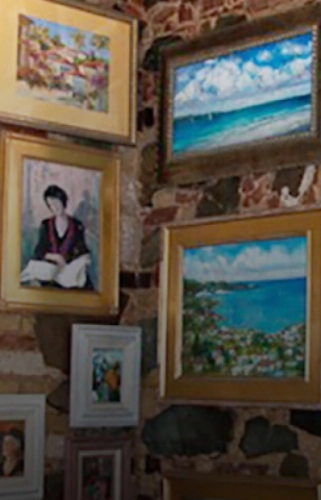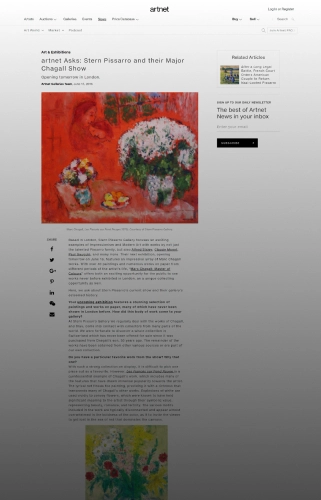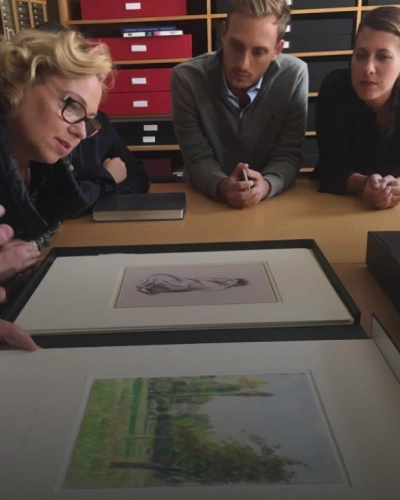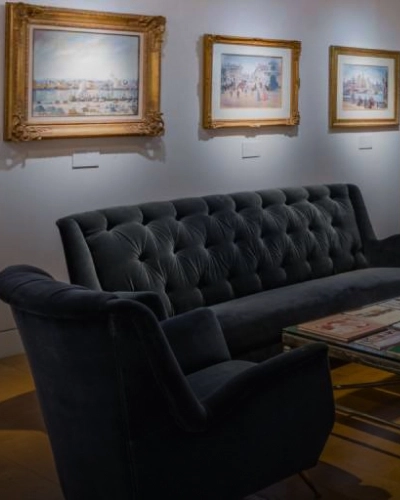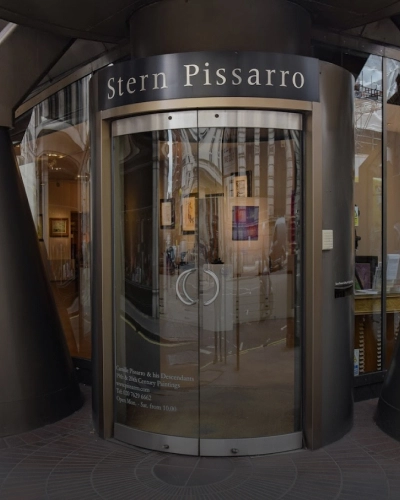Fernando Botero
(1932)
biography
In 1948 the artist had his first exhibition with other painters from his home province of Antioquía in Medellín. In 1951 Botero moved to Bogotá, where he met the Colombian Avant-garde surrounding the Café 'Automática' and his first solo exhibition at the Leo Matiz gallery followed after only five months. After his studies at the 'Academia San Fernando' and the 'Prado' museum in Madrid, the artist went to Italy where he studied art history from 1953. For a long time, he studied the technique of fresco painting and copied works of Giotto and Andrea del Castagno. Two years later Botero returned to Bogotá where an exhibition of the artist's works from Italy flopped.
In 1956 he married Gloria Zea and moved to Mexico with her where he found his own style under the influence of the Mexican mural painting of Diego Rivera. The artist was appointed professor for painting at the Bogotá Art Academy and gradually became the most important young artist in Colombia. In 1960 Botero moved to New York and won the Guggenheim National Prize for Colombia but in the same year he split up with his wife.
In 1966 the painter travelled to his first important European exhibition at the Staatliche Kunsthalle Baden-Baden, followed by his first exhibition at a US museum at the Milwaukee Art Centre in December, which lead to his breakthrough in the US. Botero spent the following years in Colombia, New York and Europe. After the birth of his son, Pedro, from his second marriage in 1970, the artist captured all phases of his son's life in his art. After the four-year-old died in a car accident, Botero often returned to the motif. In 1973 Botero moved to Paris, where he produced his first sculptures and only worked in sculpture until he returned to painting in 1978. In 1983 Fernando Botero moved to Tuscany, where he only painted bullfighting scenes for two years.
The overwhelming “roundness” of Botero’s work has become a legend in art history. He is a painter and sculptor who scoffs at new trends affecting the art world. They portray a rare irony because the rounded stomachs and undefined arms and legs are hardly the first things associated with grace, yet the paintings or sculptures, as seen by the viewer, are striking and elegant. There is something inviting and enchanting about these figures. The women are feminine and the viewer is able to identify with the beauty of the female body, even in the unconventional and stout Botero portrayal.
Today Fernando Botero lives and works in New York and Paris and his works are exhibited in numerous international museums and exhibitions.
biography
